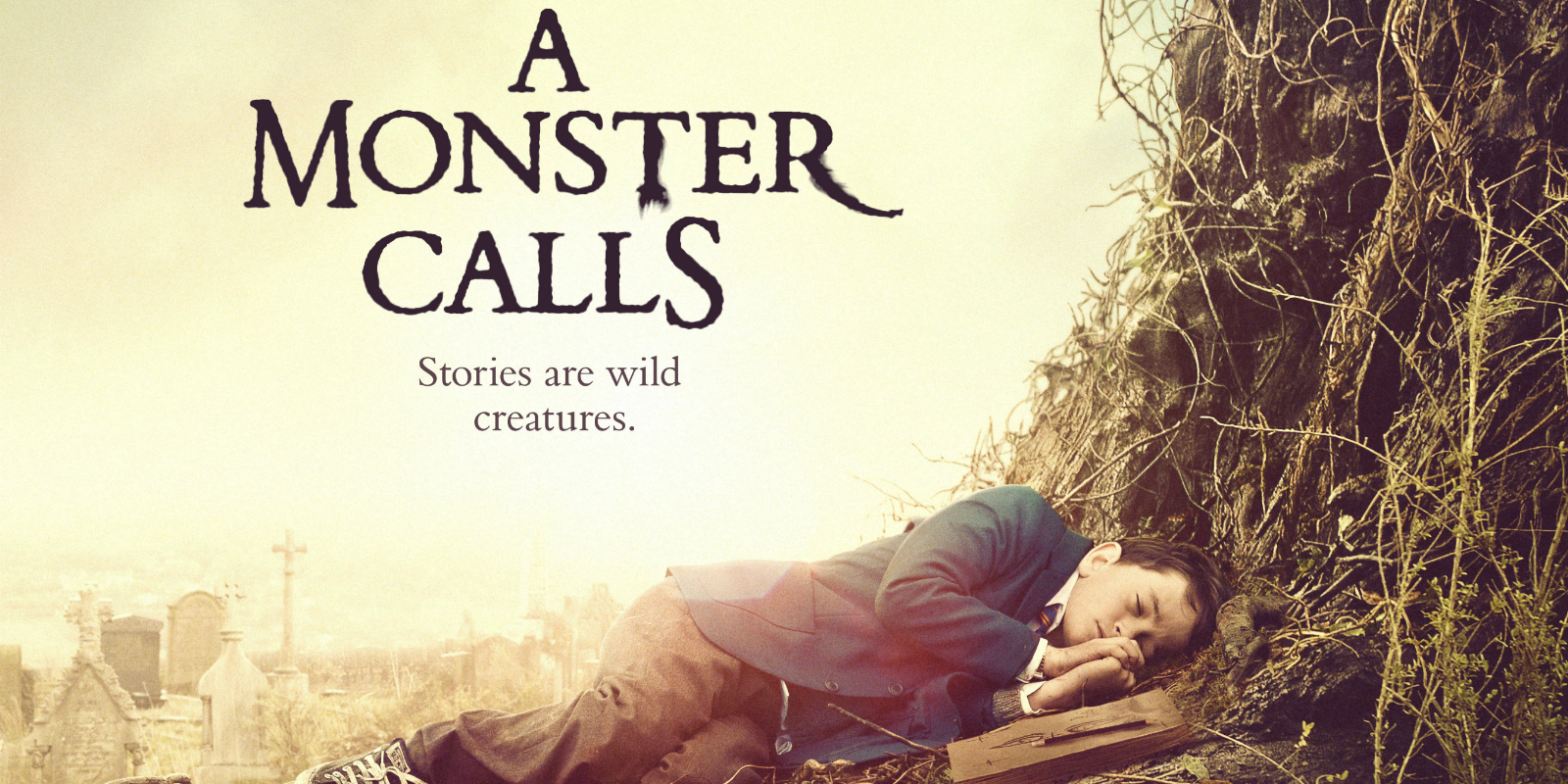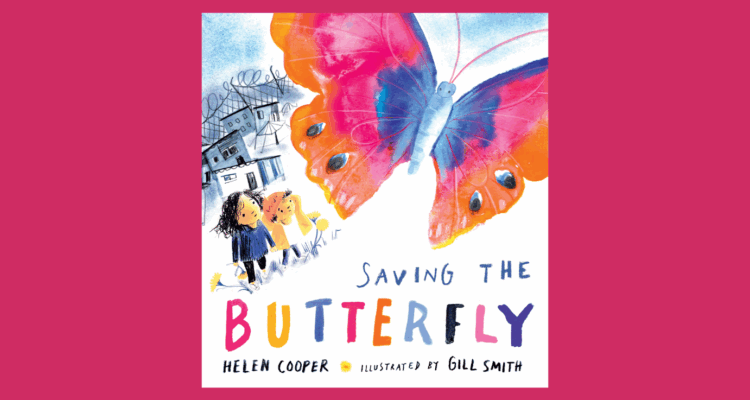
As Patrick Ness' A Monster Calls hits the big screen on New Year's Day, our patron Frank Cottrell Boyce explores the interesting story behind the novel.
A Monster Calls is now, as they say, a major motion picture - a dazzling animation featuring the voice of Liam Neeson. The book, written by Patrick Ness and Siobhan Down and illustrated by Jim Kay, has an unusual history.
Siobhan Dowd had a short but very distinguished career as a children's novelist before her death in 2008. All of her books were written in the terrible gap between diagnosis and demise - both A Swift Pure Cry and The London Eye Mystery enjoyed critical acclaim during her lifetime, and two further successful novels Solace of the Road and her most distinguished book, Bog Child, were published posthumously. A Monster Calls was written posthumously.
The novel was completed by Patrick Ness from a set of notes written by Dowd. As Ness said:
"She had the characters a premise, and a beginning. What didn't have, unfortunately, was the time."
The book itself is a beautiful object withe the brilliant, intense illustrations by Jim Kay carrying a lot of the story - a fact that was underlined when the book went on to win both the Carnegie and the Greenway medals.
A Monster Calls is the story of Conor who is repeatedly visited by a monster while his mother is dying. The monster is a brilliant creation - part giant, part yew tree, destructive, didactic, elemental.
It tells Conor three stories, which work, like New Testament parables, by wrong-footing you. The good guys turn out to be bad and the bad guys good.
Elegantly, the same goes for the overarching story, in which the nightmare monster is less frightening than daylight family. The prospect of Conor's mother's death brings not only grief and the primal fear of death itself but a list of no less terrifying pragmatic anxieties: who is going to look after me? Who can I count on?
The book has the thrills and ambition you would expect from the author of the Chaos Walking trilogy but it's also easy to trace Dowd's influence. There's a very Irish emphasis, for instance, on the importance of making 'a good death' with your loved ones around you and the right things said. But perhaps the most impressive thing about it is that it's nothing like Ness' other books and nothing like Dowd's. Like the monster, it has a life of its own. The story is a wild creature. The point of art and love it to try to shortchange that grim tax-collector, Death.
By breathing life into the not-quite-fully-formed thoughts that tumbled from Dowd's mind onto the pages of a notebook, Ness and Kay rifled Death's pockets and pulled out a treasure.







